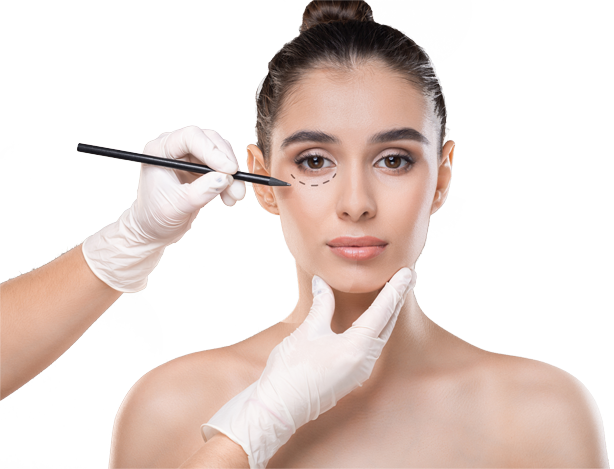Unwanted hair
Most Popular Procedures
Shaving: This is the most common and affordable method of removing hair. However, hair grows back quickly, and the skin can become irritated.
Waxing: This involves applying hot wax to the skin and then pulling the hair out with a strip of cloth. It can be painful, but the hair takes longer to grow back than with shaving.
Depilatory creams: These creams dissolve the hair at the skin’s surface. They are easy to use but can cause skin irritation and allergies.
Electrolysis: This is a permanent method of hair removal that involves inserting a needle into each hair follicle and sending an electric current to destroy the follicle. It can be time-consuming and expensive.
Laser hair removal: This is another permanent method of hair removal that uses a laser to destroy the hair follicle. It can be expensive but is generally less painful than electrolysis.
Faq
Frequently Asked Questions
A: Unwanted hair growth can be caused by a variety of factors, including genetics, hormonal imbalances, certain medications, and medical conditions like polycystic ovary syndrome (PCOS).
A: Yes, it's normal for women to have some amount of hair on their bodies, including on their faces, arms, legs, and pubic area. However, excessive or unwanted hair growth can be a sign of an underlying medical condition and should be evaluated by a healthcare provider.
A: The best method of hair removal depends on various factors, including the location of the hair, the thickness and color of the hair, and the individual's skin type and sensitivity. Some popular methods include shaving, waxing, threading, depilatory creams, electrolysis, and laser hair removal.
A: Yes, some methods of hair removal can cause skin irritation, redness, bumps, ingrown hairs, and other side effects. Electrolysis and laser hair removal can also cause skin discoloration, scarring, and other complications if not performed correctly. It's important to follow the instructions carefully and consult a professional if you experience any adverse reactions.
A: While it's not always possible to prevent unwanted hair growth, there are some steps you can take to manage it. This includes maintaining a healthy diet and exercise routine, managing stress levels, and avoiding certain medications and products that can disrupt hormone levels. It's also important to maintain good hygiene and practice safe and effective hair removal methods






